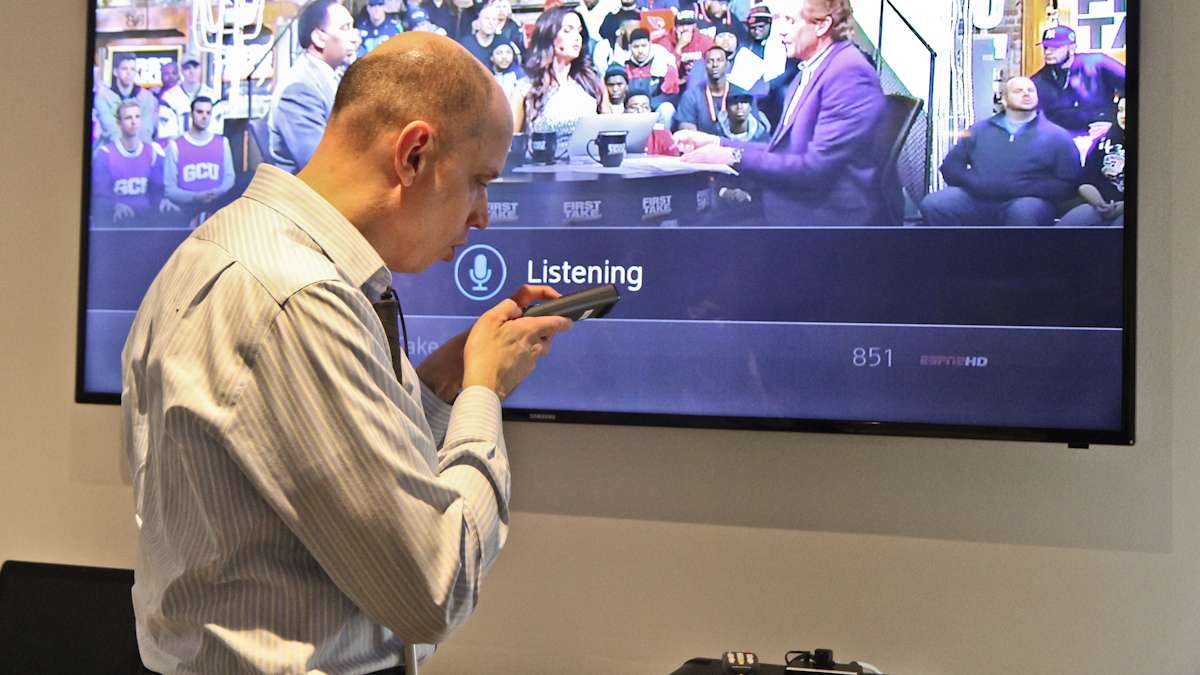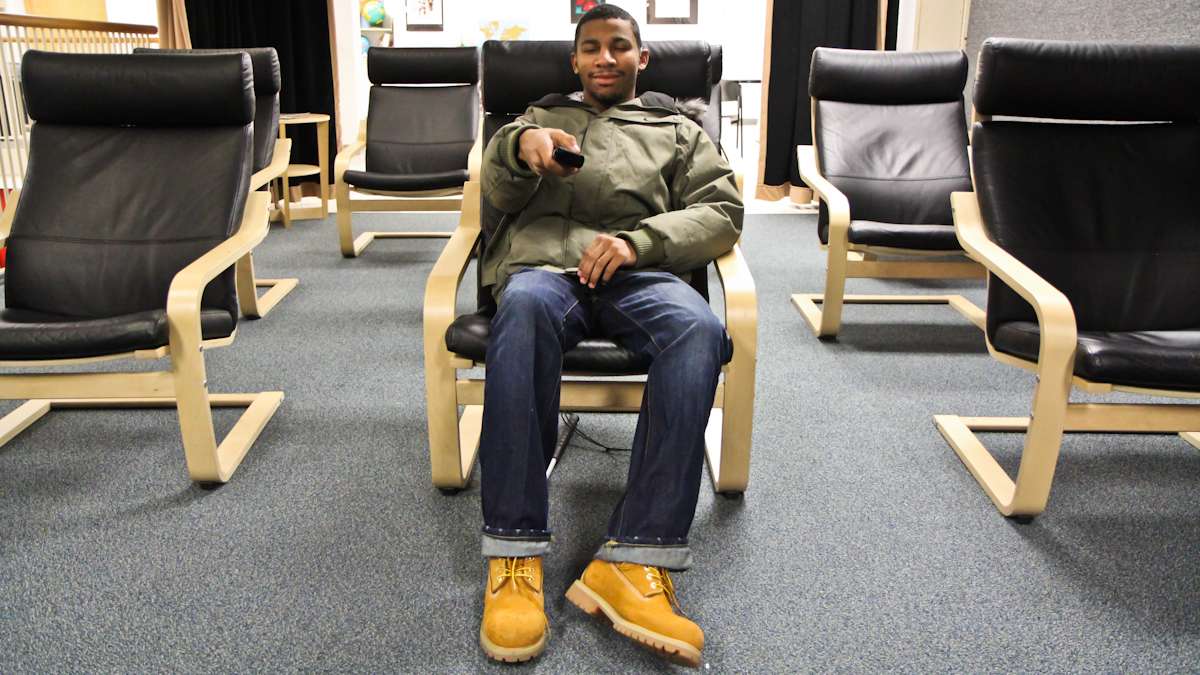Comcast channels innovations to help blind and visually impaired subscribers
ListenFor most of us, picking what to watch on TV is a simple act — something so routine it’s almost an afterthought. The same can’t be said for the blind and visually impaired.
Comcast is trying to change that.
Customers who have the Philadelphia-based cable giant’s X1 platform can now channel surf with a lot more precision, thanks to a pair of twists on existing technology.
Once enabled, Voice Guidance gives people the option of having channels and program descriptions read aloud as they jump around the long list of possibilities using the arrow keys.
Customers can also press down a button on the remote control and search for shows and movies using just their voice, similar to the way Siri works on iPhones.
When they’ve made their selection, customers can hit the familiar “OK” button on the remote and the program will fire up. They can also use the voice control button and say “Watch Sports Center,” for example. The show will immediately start playing.
Tom Wlodkowski, Comcast’s vice president of accessibility, is the man behind these upgrades.
To the sighted, these advancements may simply make TV watching more convenient, but Wlodkowski said they may mean a whole lot more to those who have previously navigated channels in the dark, particularly when it comes to socializing.
TV has become such a big part of pop culture and daily conversation.
“For someone who is blind or visually impaired to be included in the conversation really dictates that they have the ability to navigate these on-screen menus, to be able to find what they want to watch and really understand what it is they’re about to watch,” said Wlodkowski.
The advancements also just make watching TV a lot less tedious and time consuming for visually impaired and blind customers.
“All someone who’s blind could do is use the channel up, channel down buttons to navigate the thousand-channel universe, and the more than 50,000 titles that we had on the video on demand library were essentially useless,” said Wlodkowski, who is blind.
They may also — it’s hoped — provide subscribers with an added sense of independence, a not-so-small issue for the blind or anyone else with a disability.
It’s done just that for Marvin Pearson, a high school junior who lives on campus at the Overbrook School for the Blind in West Philadelphia, where several X1 cable boxes and remotes have been installed.
“Not everybody in this world is a very nice person. So sometimes, if you bug somebody too much about switching the channel for you, they may not be cool with it. So being able to avoid situations like that just by having a talking TV guide really helps out a lot,” said Pearson.
Going forward, Tom Wlodkowski said he wants to continue creating more tools to put people with disabilities on more even footing. There’s interest, for example, in giving customers the ability to adjust the speed of the voice as it’s reading off program details.
“The only barriers are what you put up in front of you or what other people perceive to be barriers. It’s not to say that there aren’t barriers, but try to find ways to overcome them. Technology can certainly be one method for that,” he said.
WHYY is your source for fact-based, in-depth journalism and information. As a nonprofit organization, we rely on financial support from readers like you. Please give today.









